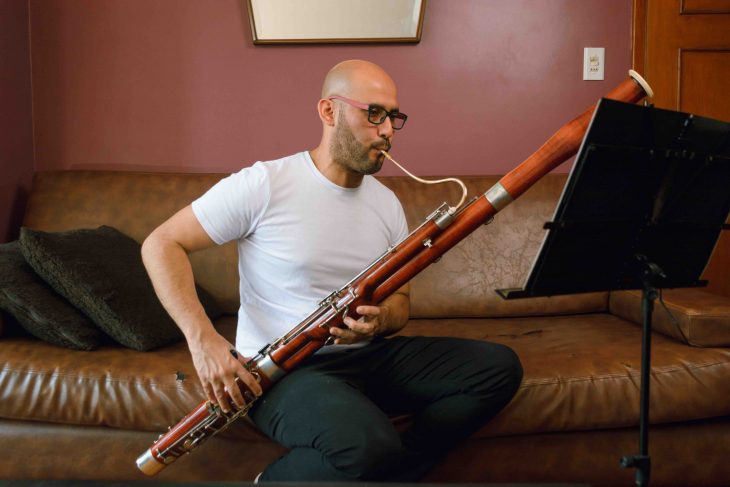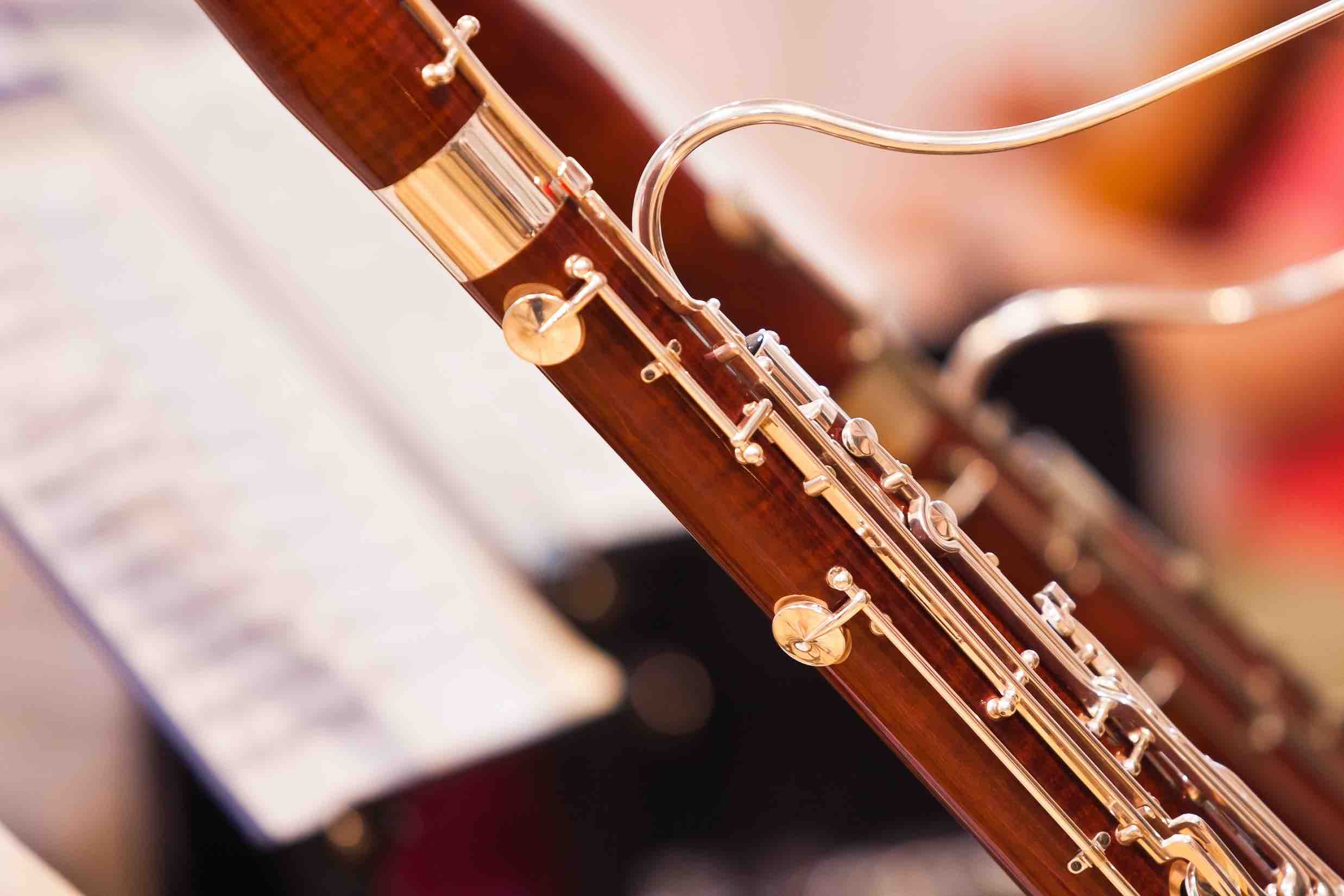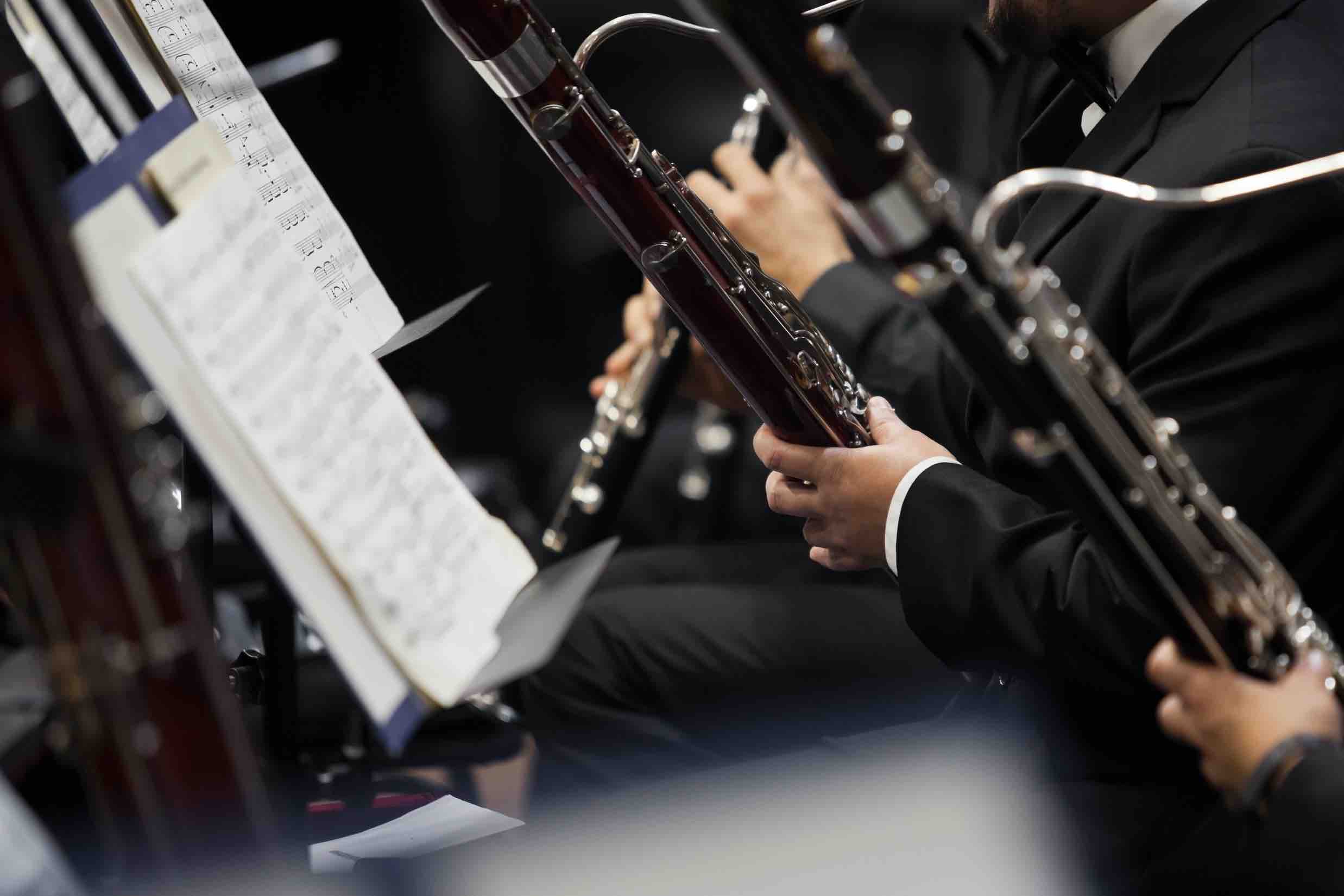
The bassoon, with its rich and distinctive sound, has long held a prominent place in the world of classical music. As a member of the woodwind family, this double-reed instrument adds depth and character to orchestral compositions and chamber music alike. In this article, we’ll dive into 19 captivating facts about the bassoon, exploring its origins, design, techniques, and cultural significance. Join us on a musical journey as we unravel the enchantment of this remarkable instrument.
Historical Roots
The bassoon traces its roots back to the 16th century, with early forms of the instrument emerging in Europe. It evolved from earlier double-reed instruments such as the shawm and dulcian.
Double Reed Wonder
The bassoon is a double-reed instrument, meaning it uses two reeds bound together to produce sound. The reeds are made from a type of cane called Arundo donax and are attached to a metal tube called a bocal.
Basso Profundo
The bassoon is known for its deep and resonant sound, often described as the “basso profundo” of the orchestra. Its wide range and distinctive timbre make it a versatile instrument capable of melodic lines and bass support.
Complex Design

The bassoon is a complex instrument, consisting of long tubes, keys, and finger holes. It is approximately 4.5 to 5 feet in length when fully assembled, making it one of the largest and longest woodwind instruments.
Woodwind Family Member
The bassoon is a member of the woodwind family, along with instruments such as the flute, clarinet, and oboe. It is unique among woodwinds due to its double-reed design and the complexity of its key system.
Tenor or Bass?
The bassoon is often referred to as a “bass” instrument, but it technically belongs to the tenor register. It plays in a range spanning from B♭1 to E5, providing crucial harmonic support in orchestral and ensemble settings.
Keyed Instrument
The bassoon features an elaborate key system, consisting of up to 25 keys and 9 to 12 finger holes. These keys and holes, when manipulated by the player’s fingers, control the pitch and produce different notes.
Reaching the Subcontra B♭
The lowest note typically played on the bassoon is the B♭1, which is one of the lowest notes in the standard orchestral repertoire. Advanced players can sometimes reach even lower notes, including the sub-contra B♭.
Whimsical Appearance
With its long, curved shape and numerous keys, the bassoon has a whimsical and distinctive appearance. Its characteristic “S” bend in the middle of the instrument contributes to its unique visual appeal.
Versatile Repertoire
The bassoon has a versatile repertoire, ranging from solo works and concertos to ensemble and orchestral compositions. It is featured prominently in classical music, but it has also found its way into other genres, including jazz and popular music.
Soloistic Opportunities
Although often playing a supporting role in the orchestra, the bassoon occasionally takes the spotlight as a solo instrument. Composers such as Mozart, Weber, and Vivaldi have written beautiful concertos and chamber music pieces featuring the bassoon.
Reed Dilemmas
As a double-reed instrument, the bassoon requires careful reed maintenance and adjustment. Players often spend significant time crafting and fine-tuning their reeds to achieve the desired tone and responsiveness.
Orchestra Backbone
In the orchestra, the bassoon serves as part of the foundation, providing stability and depth to the overall sound. Its role in the bass and middle registers adds richness and a sense of gravitas to the ensemble.
Bassoon Quartets
Bassoon quartets, consisting of four bassoons, have gained popularity in recent years. These ensembles showcase the instrument’s versatility and allow bassoonists to explore the full range of their instrument in a chamber music setting.
Influential Bassoonists
Throughout history, several influential bassoonists have left their mark on the world of music. Notable figures include François René Gebauer, Gustavo Núñez, and Klaus Thunemann, whose contributions have advanced the artistry and technique of bassoon playing.
Bassoon Ensembles

Bassoon ensembles, featuring multiple bassoons and other woodwind instruments, create a rich and resonant ensemble sound. These ensembles allow bassoonists to explore unique arrangements and showcase the instrument’s versatility.
Cultural Significance
The bassoon holds cultural significance in various countries and traditions. For example, in Germany, the bassoon has long been associated with forest and hunting themes, often depicted in folk music and storytelling.
Renaissance and Baroque Beginnings
The bassoon’s early predecessors, such as the shawm and dulcian, were popular during the Renaissance and Baroque periods. The bassoon evolved from these instruments, with improvements in design and key mechanisms over time.
A World of Bassoons
Bassoons come in various sizes and styles to accommodate different players and musical needs. These include the bassoon, the larger contrabassoon, and the smaller tenoroon, each adding their distinct voice to the woodwind section.
Conclusion
Immerse yourself in the enchanting world of the bassoon,a captivating instrument that adds depth and character to the realm of music. From its historical roots and distinctive sound to its complex design and cultural significance, the bassoon offers a fascinating journey for both players and enthusiasts. Whether it’s the mesmerizing melodies in a symphony or the nimble virtuosity of a solo performance, the bassoon continues to captivate audiences with its deep and melodious voice.
Frequently Asked Questions (FAQs)
How heavy is a bassoon?
A bassoon typically weighs around 7 to 9 pounds (3.2 to 4.1 kilograms), depending on the specific model and materials used in its construction.
What is the highest note a bassoon can play?
The highest note commonly played on the bassoon is the E5. Advanced players can sometimes reach even higher notes with proper technique and adjustments to the instrument.
How long does it take to learn to play the bassoon?
Learning to play the bassoon requires time and dedication. It can take several years of practice to become proficient in playing the instrument, with the length of time varying depending on the individual’s commitment and previous musical experience.
Can children learn to play the bassoon?
While the bassoon is generally a larger instrument and may require some physical strength to handle, children can learn to play the bassoon. Smaller-sized bassoons, such as the tenoroon or mini bassoon, are designed to accommodate younger players.
Are bassoons expensive?
Bassoons can be quite expensive due to their intricate design and craftsmanship. Prices for new bassoons range from several thousand dollars to tens of thousands of dollars, depending on the quality and brand of the instrument.
Was this page helpful?
Our commitment to delivering trustworthy and engaging content is at the heart of what we do. Each fact on our site is contributed by real users like you, bringing a wealth of diverse insights and information. To ensure the highest standards of accuracy and reliability, our dedicated editors meticulously review each submission. This process guarantees that the facts we share are not only fascinating but also credible. Trust in our commitment to quality and authenticity as you explore and learn with us.
